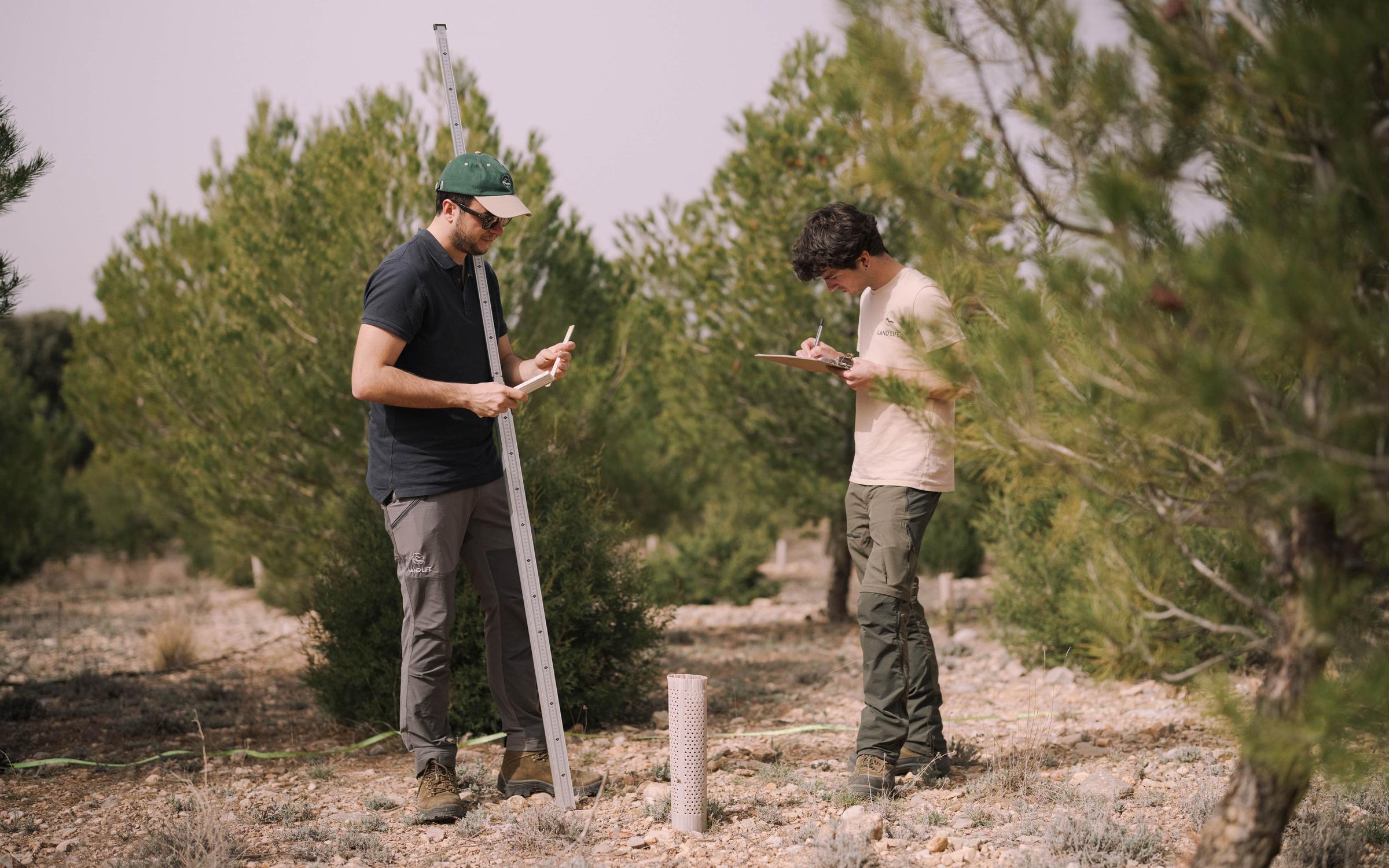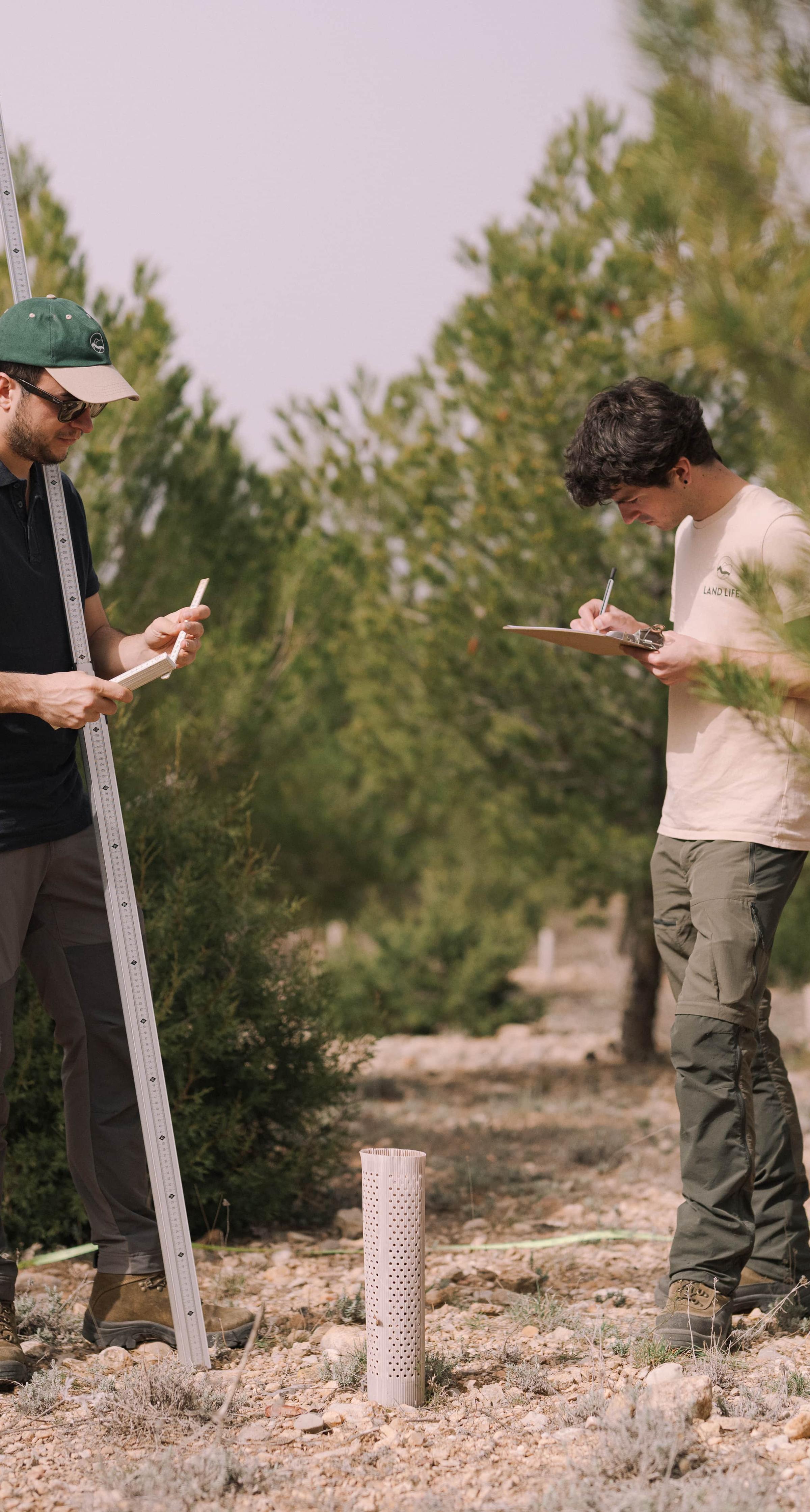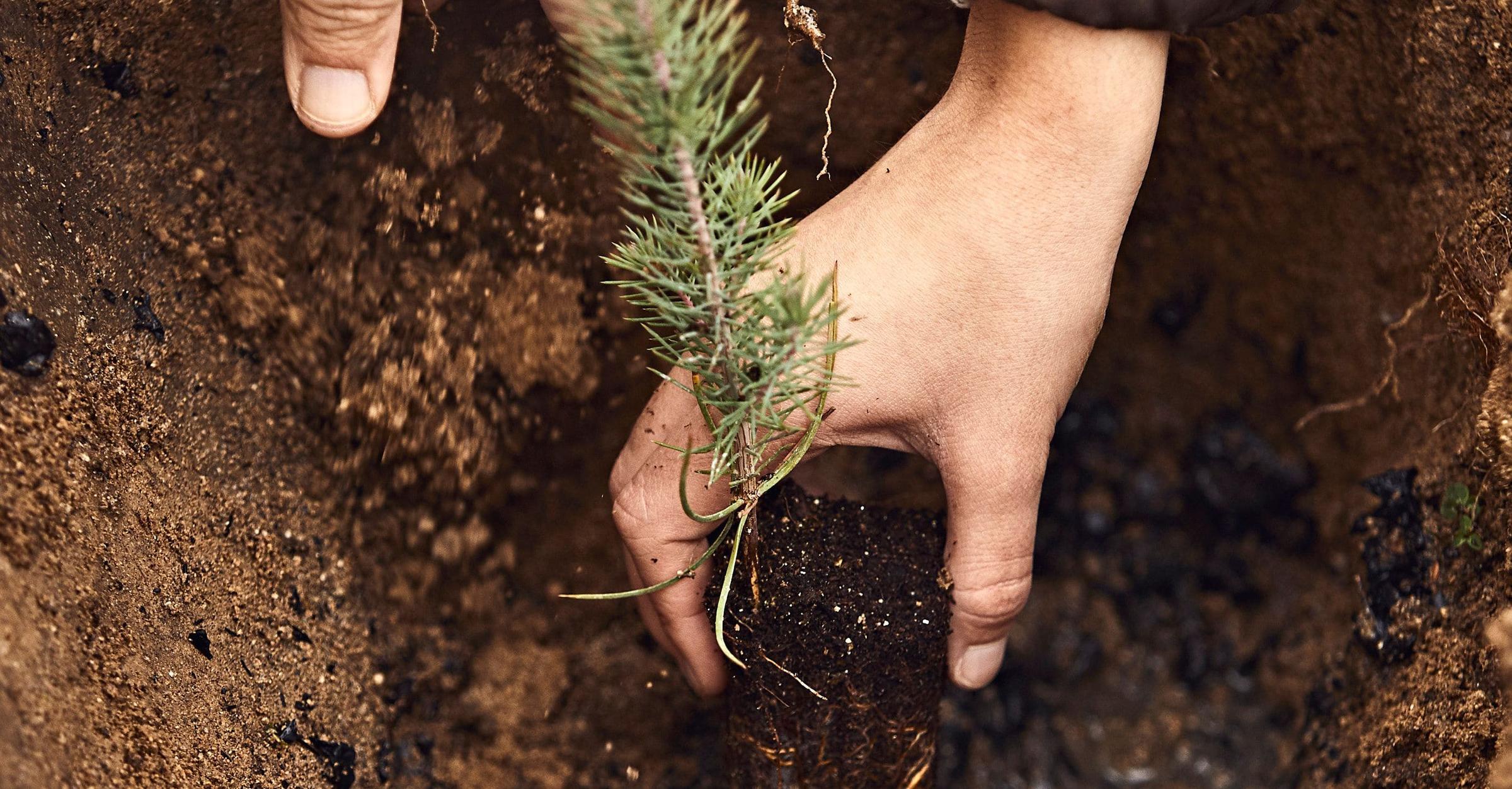Beyond Carbon: Land Life's Biodiversity Pilot in Grisel, Spain
- GRISEL, SPAIN
- 2022
Beyond Carbon: Land Life's Biodiversity Pilot in Grisel, Spain
Biodiversity is more important than ever before. With the rising emphasis on ecosystem restoration, Carbon projects must deliver far more than the sequestration of carbonOpens in a new tab.—they must address the biodiversity crisis, too. A recent study of the state of the Voluntary Carbon markets by the Ecosystem Marketplace highlighted that the beyond-carbon benefits of forest carbon projects are just as, if not more, important to carbon credit buyers. It’s clear: it’s time to look beyond just carbon.
Land Life has prioritized biodiversity, even before it became such a focus in the industry. With a growing need for transparent reporting, we sought to develop a clear way to measure biodiversity on our sites. In 2022, we launched our first biodiversity project in Grisel, Spain, on a degraded site. This degraded land was ideal for our biodiversity monitoring study, allowing us to compare it with healthy reference sites in the region to establish a baseline for soil health and biodiversity. We set out to better understand and improve the biodiversity benefits of our reforestation efforts and to test tools that make biodiversity tracking easier and more scalable.
For this pilot, we measured several metrics, including NDVI (Normalized Difference Vegetation Index), as well as NDMI (Normalized Difference Moisture Index), and tree and shrub species diversity. However, our main focus was on soil. Traditional methods for monitoring biodiversity can be costly, time-consuming, and often limited in scalability, but advances in environmental DNA (eDNA) offer an innovative way to measure biodiversity on a larger scale.
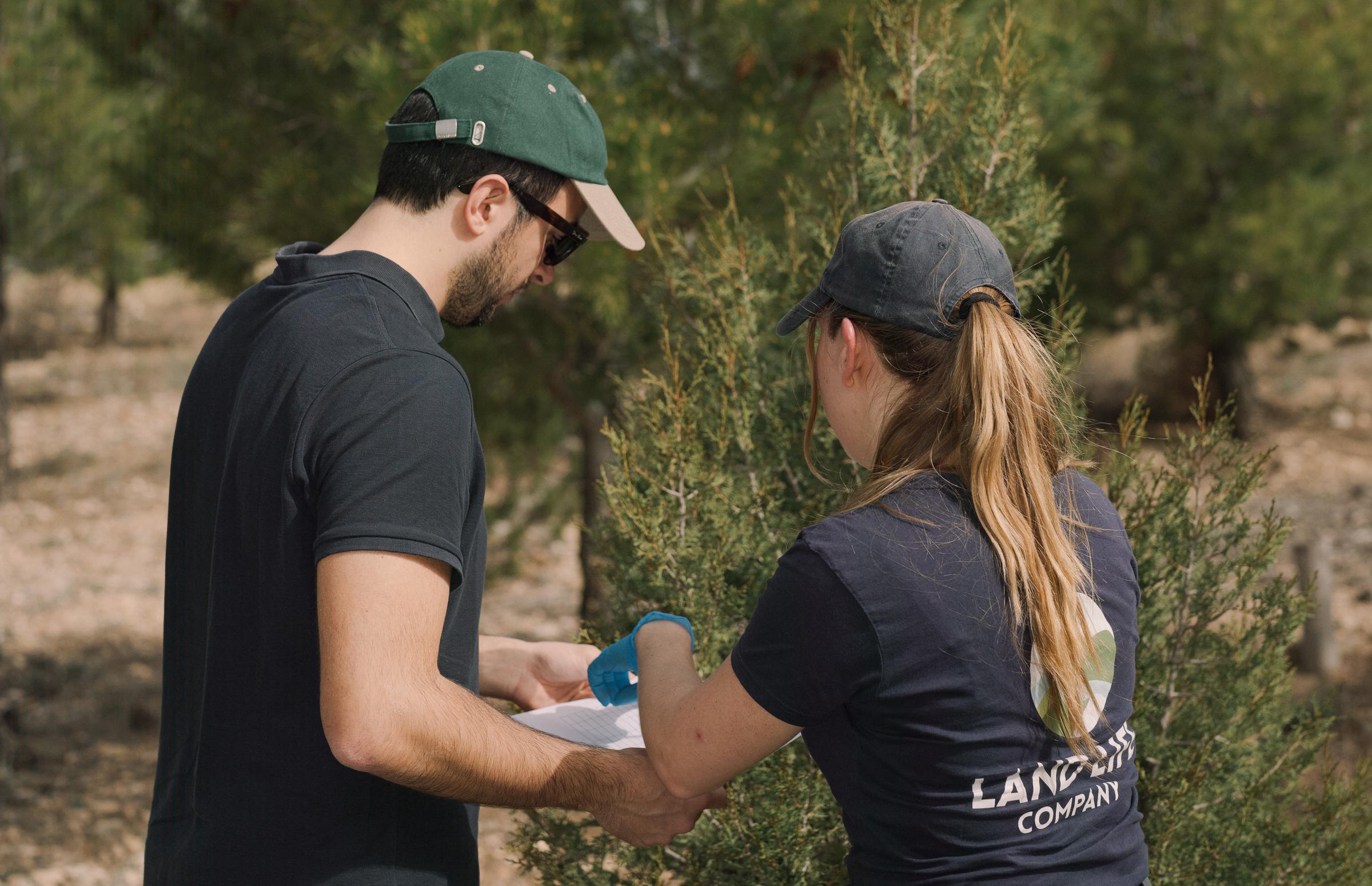
If you would like to learn about some of the other metrics Land Life uses to measure biodiversity, click here
Learn MoreOpens in a new tab.There is growing evidence that the vast diversity of belowground fungi, invertebrates, and bacteria significantly influences aboveground biodiversity and ecosystem health. Ecosystem functioning, which reflects how well an ecosystem "works" to support life, depends on the complex interactions of organisms that drive nutrient cycling, biodiversity, and resilience. Soil biodiversity, including organisms like mycorrhizal fungi, earthworms, and nitrogen-fixing bacteria, is essential for maintaining soil health, aiding in nutrient availability, decomposition, and plant productivity. Monitoring these organisms is crucial for accessing ecosystem stability and productivity.
Through eDNA, we identified indicators of biodiversity, including bacteria, fungi, and invertebrates, and observed how their composition varied across different sites. This approach allows us to gain valuable insights into the factors that support ecosystem resilience and productivity.
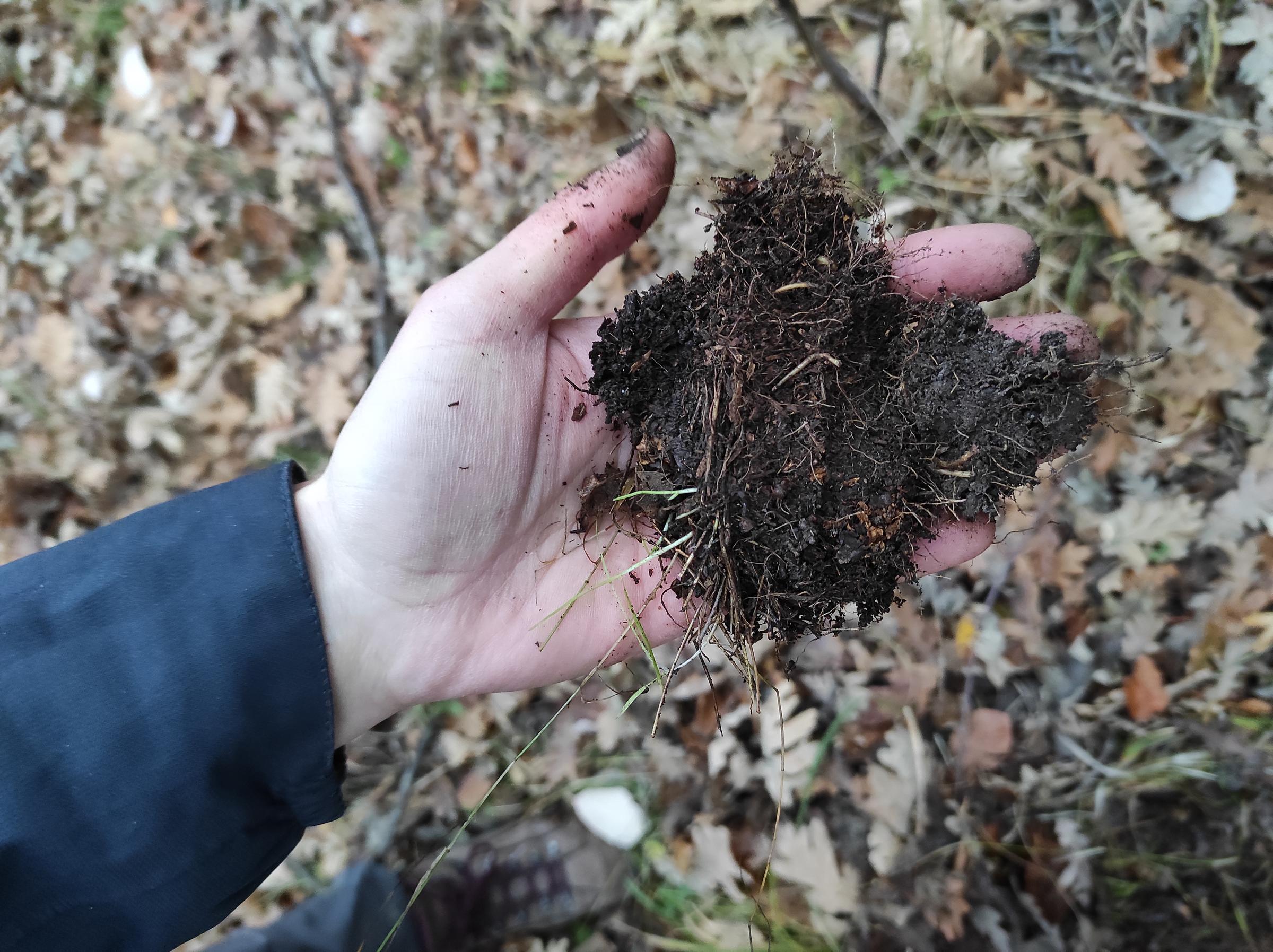
Some Key Findings from Our Biodiversity Pilot Project
To get a comprehensive view of soil biodiversity, we sampled soil at the Grisel site and compared it to samples from both a mature coniferous and a mature broadleaf forest. Key findings include:
These findings provide insight into soil biodiversity at various stages of ecological succession and offer a potential reference for future reforested sites.
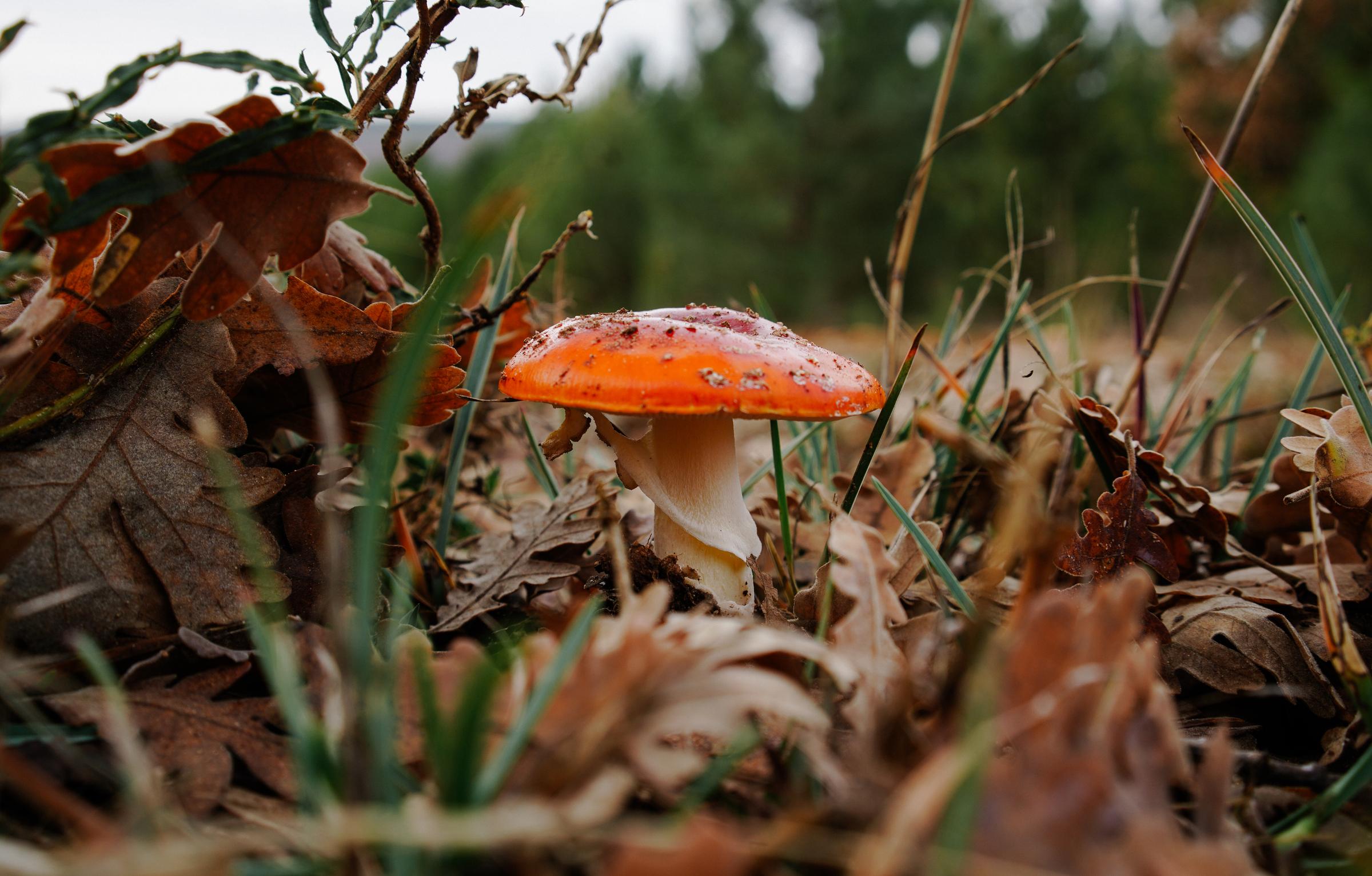
Why Soil eDNA Monitoring Works
Using soil eDNA provided us with several clear advantages:
While eDNA is powerful, it comes with its challenges. We identified areas for improvement in selecting reference forests, choosing the most informative indicators, and refining data reporting protocols. That being said, standardized methodologies could help further establish eDNA as a reliable, internationally recognized metric for tracking biodiversity impact.
Expanding Biodiversity Monitoring Worldwide
Since our pilot in Grisel, we’ve expanded our biodiversity monitoring to other Land Life projects globally, including our CSR tree planting project in Borneo, Indonesia to restore Orangutan habitatsOpens in a new tab.. This project incorporates measuring biodiversityOpens in a new tab. recovery methods including bioacoustics to track bird populations, and satellite and drone imagery to monitor vegetation and habitat recovery.
In Australia, we are establishing wildlife corridors to foster connectivity for native species across fragmented habitats. There, we have not yet used bioacoustics, but rather, worked with soil eDNA, similar to our pilot in Spain. Through these initiatives, we’re building a toolkit for understanding and improving biodiversity impacts across diverse ecosystems.
If you’re interested in learning more about Biodiversity, we’d love to hear from you!
Contact UsOpens in a new tab.